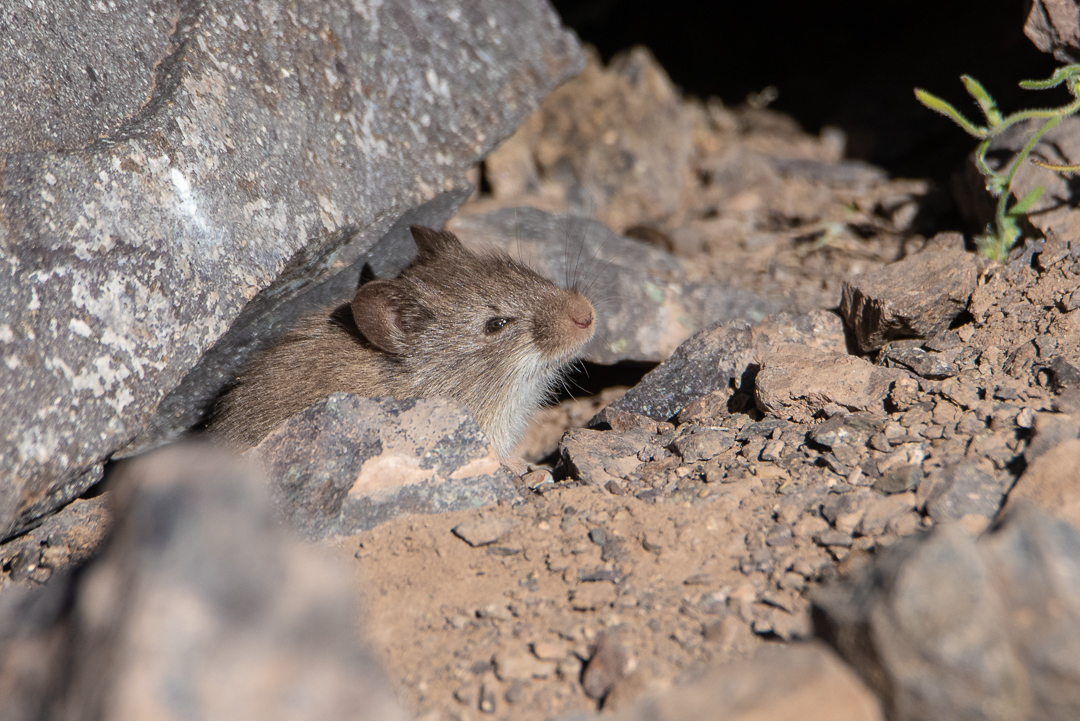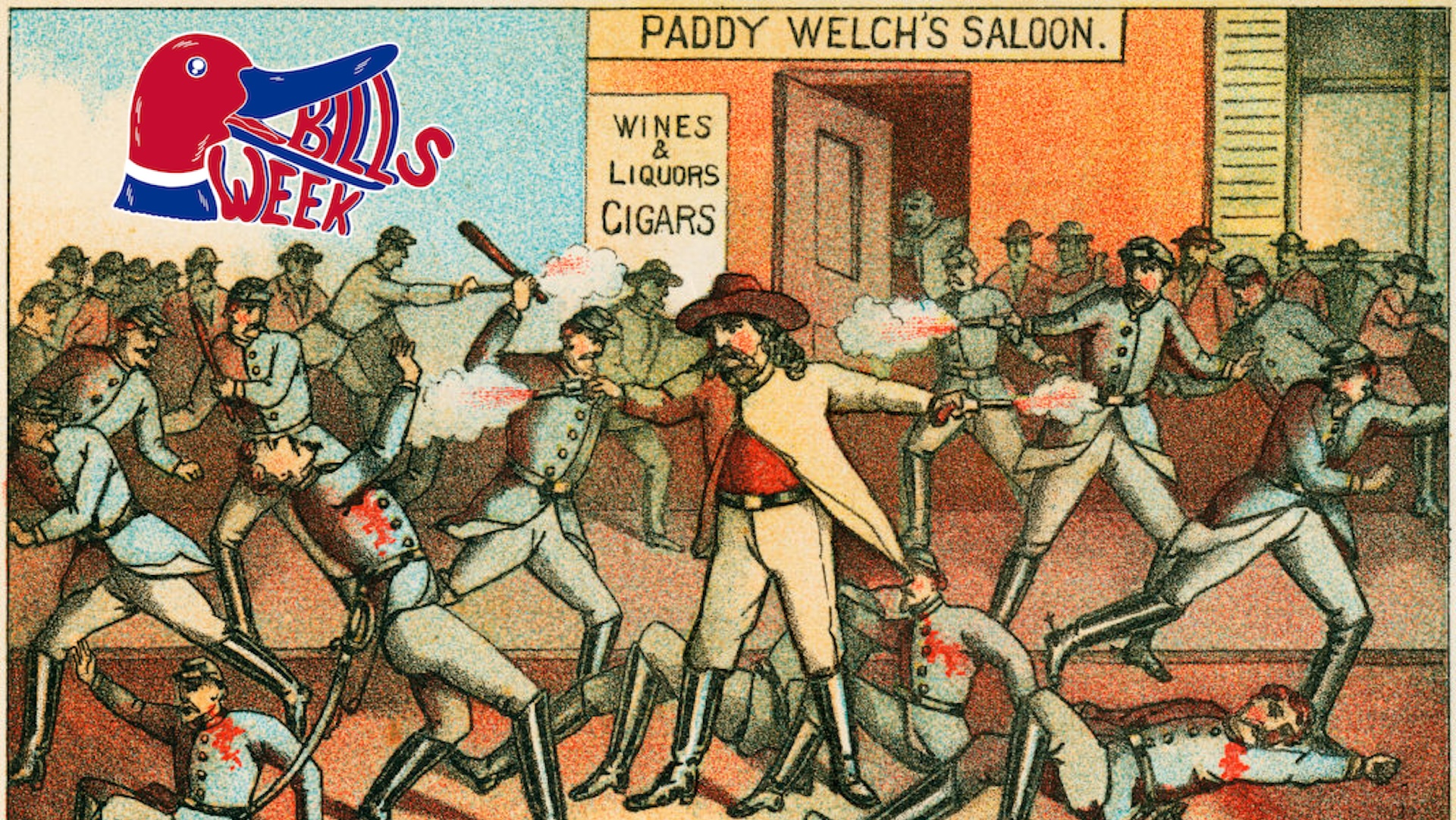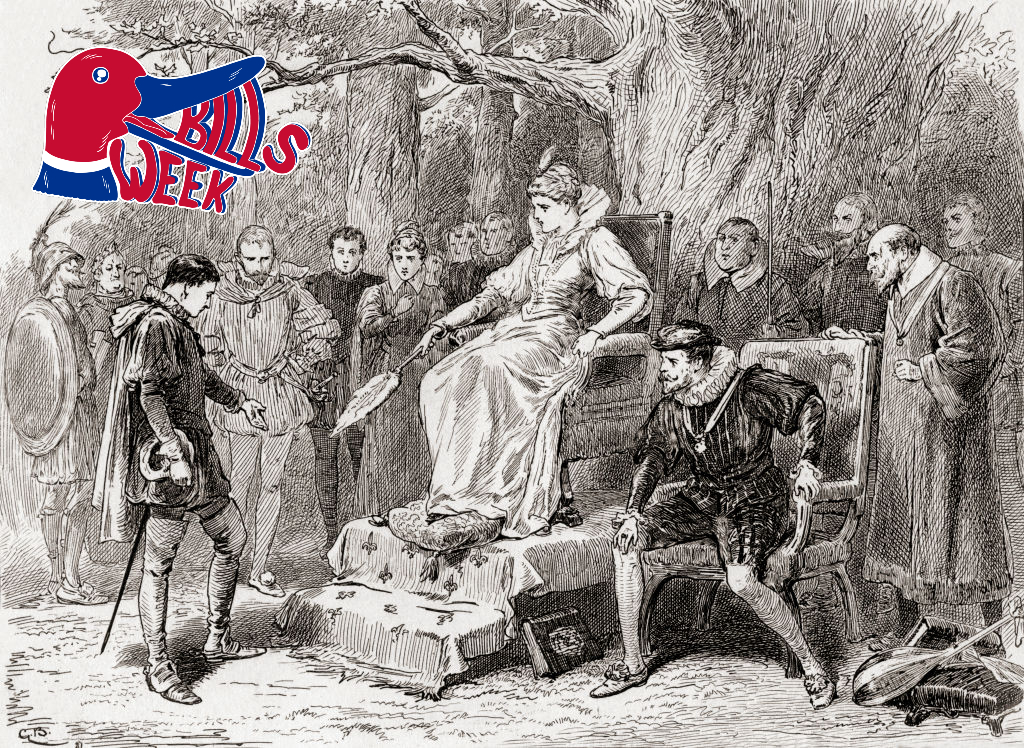In certain fields, science looks like modeling the earliest days of our universe or launching a $325 million satellite to poke an asteroid. In other fields, it looks like measuring, photographing, and describing 96 mouse penises, as four intrepid researchers have done in a new paper published in ZooKeys. Research is a rich tapestry, and gazing at either version stirs a similar sense of mystery. And who says the secrets of the universe can not also be found within the small brown shafts of an itty-bitty rodent?
Before we get into the penises, we should meet the mice behind them. Akodon is a genus of frankly adorable rodents better known as South American grass mice. Akodon's 42 species live around the Amazon basin in various biomes doing what mice do best (scampering). Many of Akodon's 42 species look quite similar. But two species, Akodon montensis and Akodon cursor, look nearly identical, even to the experts who study them. A. montensis and A. cursor are both short, squat mice with a short tail and short limbs. They're what's known as cryptic species, which are essentially indistinguishable by appearance alone but generally do not interbreed.
This is not a problem for the average person, who may blissfully go through their entire life without knowing the house gecko may contain as many as 20 identical-looking species—I am happy for those people but I cannot relate. DNA, meanwhile, is a helpful but imperfect tool for telling species apart: Comparing DNA from two individuals does show difference, but it's not always clear how much difference is needed to separate the two into species. But the scientists who study them need to be able to tell these species apart, which means they may go to extreme lengths to find an observable iota of difference between two mice, even if it involves peeking into their nether regions.
So far, scientists have unearthed several tiny but crucial differences between A. cursor and A. montensis. The two mice have slightly differently-sized molars. A. cursor has a gallbladder, and A. montensis does not. But dissecting the mouse, extracting its DNA, or peering inside its mouth are unrealistic tasks to accomplish in the field. With the researchers' new method, however, all you need is a magnifying glass, and an eye for the subtle geometry of a mouse penis.
What does a grass mouse penis look like? They are carpeted in spines, which are thicker at the base and sharper at the tip. The spines, unfortunately, can be used as "genital locks during copulation by holding the walls of the vagina." (This, for me, was the worst part of the paper.) But they also have rather charming clefts, like the hint of buttcheeks.

The researchers analyzed the penises of 96 male mice of both species, including hybrids between the two. They euthanized the mice, extracted their penises with scissors, air-dried the penises, and measured and photographed them, allowing them to distinguish between two distinct types of penises. A. cursor's was elongated with a flared tip, while A. montensis's was more barrel-shaped with an enlarged midsection. A. montensis's penises also had dark spots on the underside. The researchers then took one penis of each type, dehydrated it in baths of ethanol, and then coated it in gold to prepare them for the scanning electronic microscope (mouse wieners deserve luxury too!).
In the spirit of this, the researchers recommend museums establish a "penis bank" for the species. Traditional taxidermy preparation does not preserve mammalian penises, but the researchers recommend some mice be preserved whole in ethanol or that the penis be lopped off and preserved in the penis bank. They also recommend that anyone wishing to examine the penile glans of a grass mouse anesthetize the individual first, as "the observation of the penile glans in animals that are awake can be very stressful."
What have we learned from all of this? Is there such a thing as knowing too much about a mouse? Is a penis bank the only ethical bank under capitalism? Who are the real wieners of this paper, the mice or the researchers or the museums that now acquire funding for penis banks? Thank you for subscribing.







